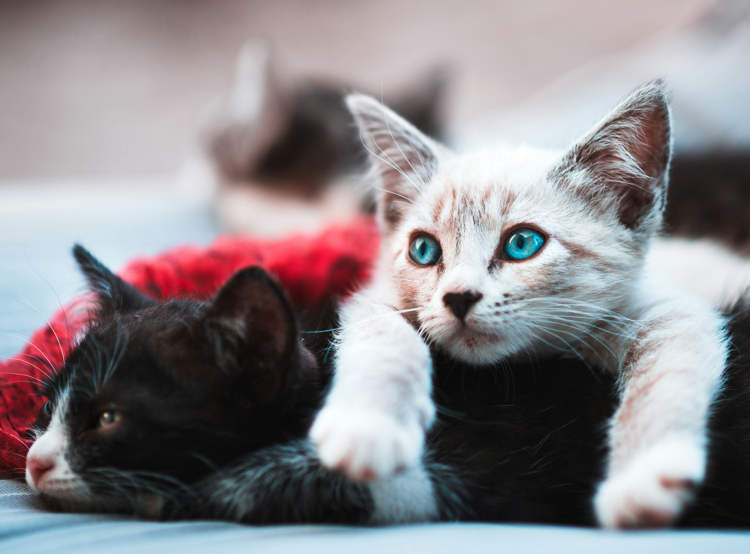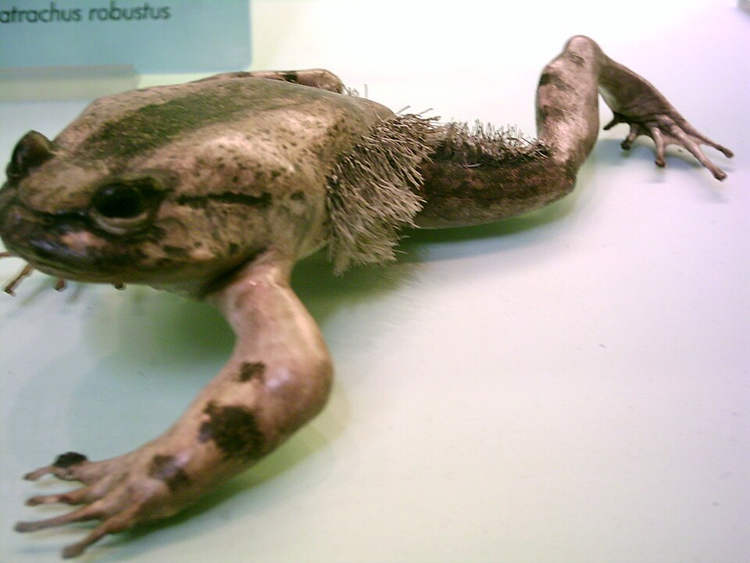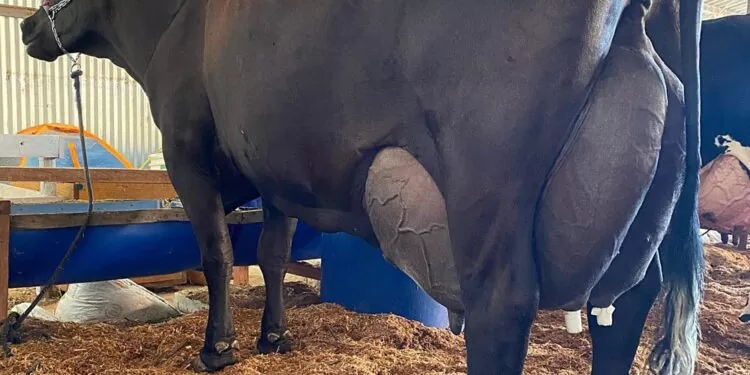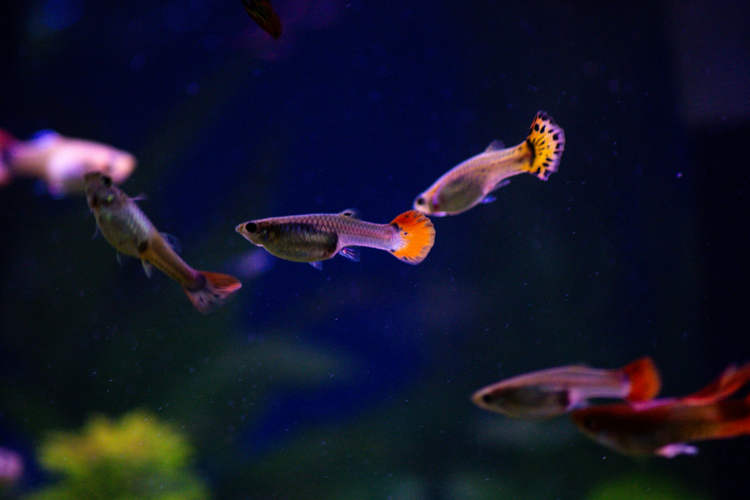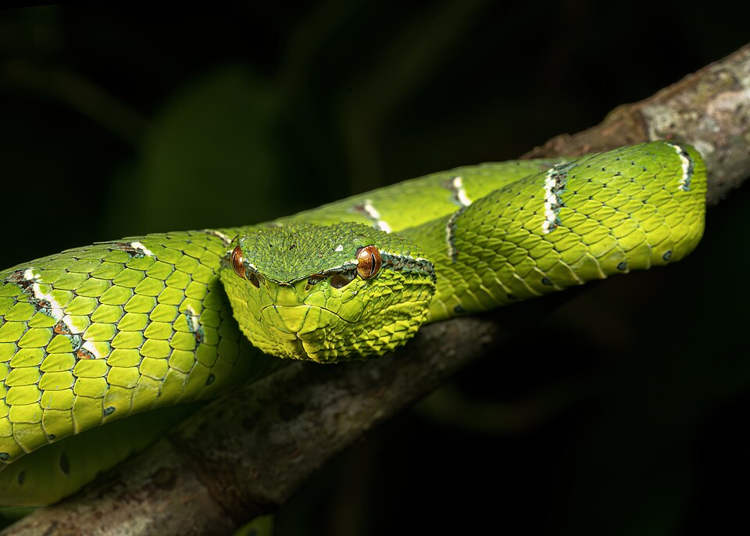The caterpillar of the peppered moth has one of the most impressive natural camouflages in the animal world. Not only do they look like lifeless twigs, but they can also change color to match their background.
Over the past 17 years, we’ve featured some of the world’s most incredible camouflages. From caterpillars that position themselves perfectly on mango leaves to blend in, to butterflies that look like dead leaves and moths with flies feeding on bird droppings on their wings, we thought we had seen it all. And then along comes the stick caterpillar to blow our minds once again. Found in different regions of the Northern Hemisphere, like Asia, Europe, and North America, the caterpillar of the peppered moth is a master of mimicry. Not only does it have the shape of a twig, complete with all its natural imperfections, but it can also sense the color of the branch it is resting on with its skin and change its color accordingly to protect itself from predators.
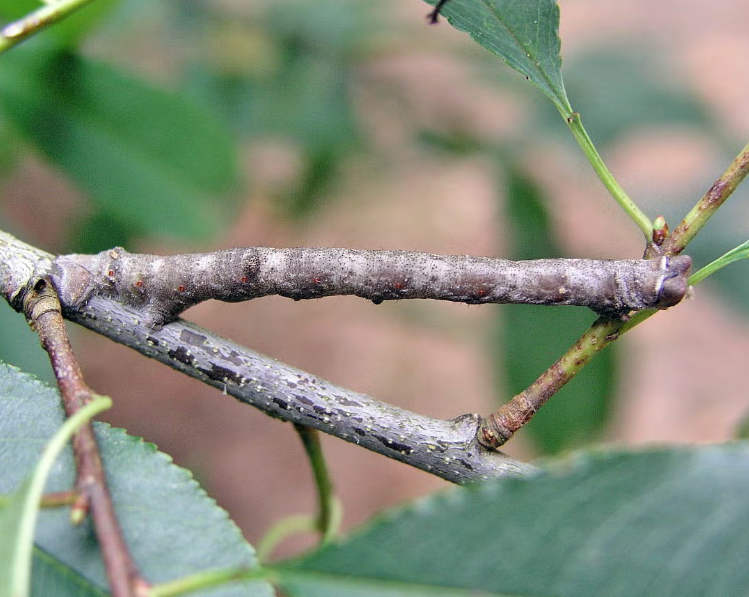
Photo: Ask a Biologist
Hatching from eggs in the middle of summer, stick caterpillars are usually active from the month of July through September, but you’re unlikely to spot them simply because they are virtually indistinguishable from twigs. With irregularly shaped bodies, heads that look like broken stems, and tiny legs resembling small throrns, these tiny critters rely on both perfect posture and a natural color-changing ability to perfect their camouflage.
As if their look alone wasn’t enough to fool most predators, stick caterpillars can attach their heads to tree branches and extend their bodies outwards to imitate tiny twigs. They can maintain this position for long periods of time, at least long enough to fool most threats. In some instances, the tiny caterpillars can also adopt poses that resemble bird droppings.

Photo: University of Liverpool
In a study published in Communications Biology, researchers reported that caterpillars of the peppered moth changed the color of their bodies to match their background, even when blindfolded. This suggested that genes that are required for vision were expressed not only in the eyes of the caterpillars but also in their skin.
“Peppered moth caterpillars mimic twigs to avoid being detected and eaten by birds. Because the twigs that they might find themselves on can differ in colour and pattern, they have evolved to change colour. It seemed to us that the precision with which they can do this was at odds with the relatively simple structure and position of their eyes,” Professor Ilik Sacheri, from the University of Liverpool, said.
Although less impressive than their caterpillar form, peppered moths also have a peppered wing pattern that helps them blend against the background of trees they usually rest on.
For more fascinating camouflage, check out this bird that looks like a feathered dragon.



